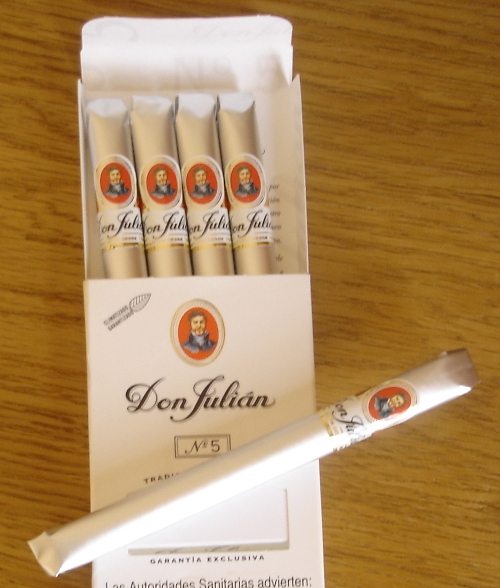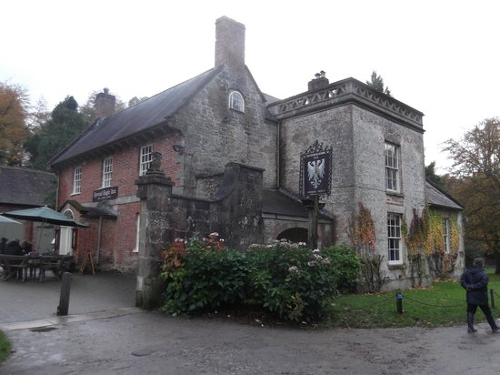The Cheapside Hoard
The Cheapside Hoard was discovered when a 17th century building was demolished in London's Cheapside, near St Paul's Cathedral, in 1912. The hoard is an astonishing collection of jewellery, around five-hundred pieces in total, mostly dating from the Elizabethan and Stuart eras. Hidden for over 350 years, the collection is rare because it shows pieces as they were produced, virgo intacta so to speak. Old jewellery often doesn't survive because the materials tend to be continually reworked into newer pieces. The hoard is now in the care of the Museum of London and is one of their most prized collections.
Date of the Cheapside Hoard
Experts believe that an intaglio for a signet ring (below) found with the hoard indicates when the booty was stashed away. The cornelian carving shows the the heraldic insignia of Viscount Stafford, which puts a date between 1640 and the Great Fire of London in 1666. It appears that a man in the jewellery trade sensibly (but absent-mindedly) hid the goods whilst the English Civil War was raging.Rule of the SaintsI imagine the Roundheads would have been uncomfortable with the opulence of the hoard during the Protectorate, particularly those Fifth Monarchists looking to establish a Rule of the Saints. I'm surprised there haven't been more films made that are based on the English Civil War — the parallels with today are striking if you know where to look.
Invest in Your Own Signet Ring
If you're thinking of building up your own hoard, our good friends at Ruffs are experts at working cornelian to produce their stunning signet rings. The rings below were created in bloodstone and cornelian for brothers. What a lovely symbol of fraternity. As a traditionalist, you'll prefer the oval and cornelian, but they're both very nice.Emerald Pocket Watch
I don't intend to pick through every item in the hoard. We'd all get a bit bored. But take a look at the video below or have a read of this excellent article by the Gem Institute of America.We do, however, have to say something of the pocket watch cut from a single emerald. The watch, dating 1600, is perhaps the most extraordinary piece from the hoard. Breathtaking.
Watch for Your Contemporary Hoard
Unlike the signet ring, it's going to be very difficult trying to find a contemporary version of the emerald pocket watch. If you want to be bang up to date, then the Hoptroff No.10 electro-mechanical watch might be a consideration. The gold Hoptroff No.10, introduced in 2013, is regulated by its own atomic clock and the most accurate watch ever produced — accurate to 1.5 seconds every thousand years. Hoptroff made the first atomic watch, another milestone for British horology.Conceived as a navigational aid by physicist and watchmaker Richard Hoptroff, the Hoptroff No. 10 has 28 pointers including complications for tide, lunar transit and latitude. Sadly, the last production run was in 2016, but maybe one will show up in an attic several hundred years from now for our ancestors to house in a museum and write articles about.
















